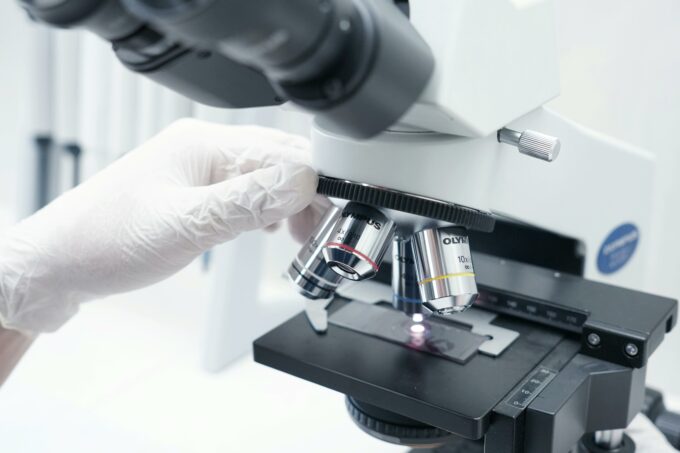Understanding Subfertility
The term “barren woman” has biblical roots and is still used in our society to describe women who are unable to conceive. However, infertility is not only a women’s issue — men can also experience conditions that affect their ability to father a child.
According to the Royal College of Obstetricians and Gynaecologists (RCOG), about one-third of fertility problems are due to female factors, one-third to male factors, and one-third remain unexplained.
Subfertility refers to a delay in conceiving — where pregnancy is still possible, but it takes longer than average. Most couples conceive naturally within 12 months of regular, unprotected intercourse.
Because fertility challenges can cause significant emotional stress, both partners should be evaluated together. This article outlines how we approach the initial assessment of sub fertile patients in our local practice.
Step 1: Medical History and Physical Examination
A detailed history helps identify possible causes of subfertility.
Menstrual history:
Cycle length and pattern help determine if ovulation occurs. Regular monthly cycles with premenstrual symptoms like breast tenderness or bloating suggest ovulation, while painful periods may point to endometriosis.
Obstetric and medical history:
Obstetric history is taken to assess for events potentially associated with subfertility or adverse outcomes in a future pregnancy. Medical, surgical, and gynaecological history helps to identify conditions, procedures, or medications potentially associated with subfertility.
Sexual history:
Frequency and timing of intercourse, as well as sexual difficulties, are discussed since infrequent or ineffective intercourse may contribute to subfertility.
Family and lifestyle factors:
Family history of infertility or congenital conditions, as well as lifestyle habits such as age, stress, diet, exercise, smoking, and alcohol use, all influence fertility potential.
Physical examination:
- Body Mass Index (BMI) and fat distribution are assessed — being underweight or overweight can reduce fertility.
- The doctor also checks for signs of hormonal imbalance, such as thyroid issues, acne, excess hair growth, or galactorrhea.
- A pelvic examination helps detect tenderness, masses, or uterine irregularities that may indicate fibroids, endometriosis, or pelvic inflammatory disease.
Step 2: Initial Diagnostic Tests
A. Assessing Ovulation
Women with regular cycles and typical premenstrual symptoms are usually ovulating.
- Blood test: A mid-luteal phase progesterone test (around day 21 of a 28-day cycle). A level above 3 ng/mL (30 nmol/L) confirms ovulation.
- Ovulation kits: Over-the-counter LH test kits can detect the hormone surge that signals ovulation.
B. Assessing Ovarian Reserve
Ovarian reserve indicates the number and quality of remaining eggs.
- Anti-Müllerian Hormone (AMH): A low level (<1 ng/mL) suggests reduced egg supply.
- FSH and Estradiol: Measured between days 2–5 of the cycle. High FSH (>10 IU/L) or elevated estradiol (>80 pg/mL) may indicate lower fertility potential.
Ultrasound (Antral Follicle Count): The number of small follicles (2–10 mm) in both ovaries is counted. Fewer than 5–7 follicles suggest low reserve. However, AFC follicle count is a relatively poor predictor of future ability to become pregnant. AFC may be elevated in women with polycystic ovary syndrome (PCOS) or depressed in those women with hypothalamic amenorrhea or those using certain hormonal contraceptives.
C. Assessing Tubal Patency
Hysterosalpingography (HSG) uses X-ray imaging with contrast dye to check for blocked fallopian tubes or abnormalities in the uterus.
D. Evaluating the Uterine Cavity
The uterus can be assessed using:
- Pelvic ultrasound
- Saline infusion sonohysterography
- Hysterosalpingography (HSG)
- Hysteroscopy (direct visualization)
Hysteroscopy is the most accurate way to identify issues like polyps, fibroids, or uterine scarring that may interfere with conception.
E. Infection Screening
Before any uterine procedure, women are screened for Chlamydia trachomatis and other sexually transmitted infections. If positive, both partners are treated, and contact tracing is performed.
F. Male Evaluation – Semen Analysis
Semen analysis remains the cornerstone of the male fertility evaluation.
The semen sample should be collected after 2–7 days of abstinence and analyzed within one hour. The test assesses sperm count, movement (motility), and structure (morphology).
Step 3: Emotional Support and Counselling
The evaluation and treatment process can be stressful for couples. Feelings of frustration, anxiety, and even depression are common. At our practice, we prioritize emotional support and open communication throughout the process.

A complete fertility evaluation should always include both partners. Through careful history-taking, physical examination, and targeted diagnostic tests, we can identify underlying causes of subfertility and provide appropriate treatment and support to couples hoping to conceive.













